This set of tests is aimed at understanding the effect of different finishes on Purpleheart.
A set of 12 solid samples (from “A” to “L”) were employed; unfortunately, these do not start from very similar PZC values. All samples were sanded to 320-grit and then exposed to sunlight for a few hours to give them the typical purpleheart intense colour.
A special thanks goes to company Veleca for supporting us with finish samples.
We tested these finishes:
Sample A: Veleca Palkerol (water based anionic polyurethane – floor finish)
Sample B: Veleca Pinteco (acrylic emulsion – outdoor finish)
Sample C: Veleca Mobil H (water based acrylic – furniture finish)
Sample D: Veleca Nitrolux (thinner based ketone resin – classic furniture finish)
Sample E: Adler Soloplast (alkyd based finish)
Sample F: Veleca Olio per Teak (Tung oil based – exotic wood finish)
Sample G: Boiled Linseed Oil (BLO)
Sample H: Furniture restoring oil
Sample I: Nitrocellulose spray lacquer (NCL)
Sample J: Acrylic spray lacquer
Sample K: Blonde Dewaxed Shellac “Medium” (2 parts in 13 parts of Alcohol)
Sample L: Rubio Monocoat
It was concluded that:
1) The samples provide quite different initial chatoyance values, thus making a direct comparison not very easy.
2) Palkerol, Mobil H and Adler Soloplast seem to provide the best results
3) All these “clear” finishes significantly darken the surface
Tables below summarize the results in terms of chatoyance (PZC):
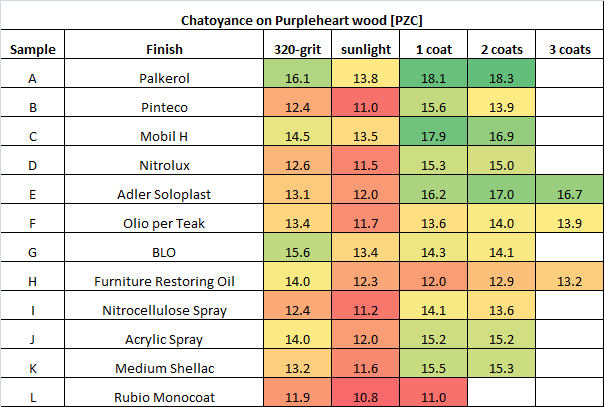
Tables below summarize the results in terms of brightness (fraction of white paper brightness):
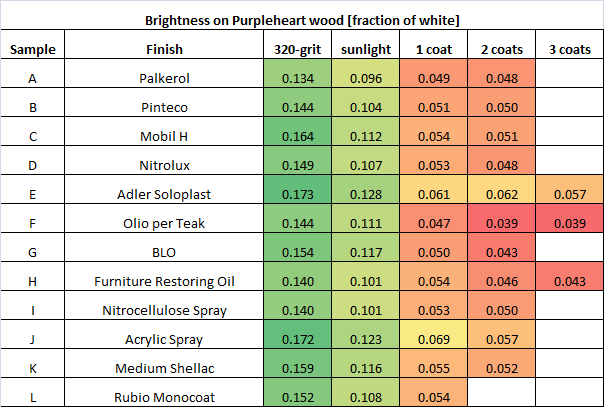
Pictures below show the results:














After the finishing trials, the samples were left exposed to direct sunlight for 42 days; this happened during norther Italy late winter, so only a mild sunlight was available. Tables below summarize the results. Brightness generally increased with all finishes except for Teak Oil and Rubio Monocoat. In all cases most of the pink hue was lost.
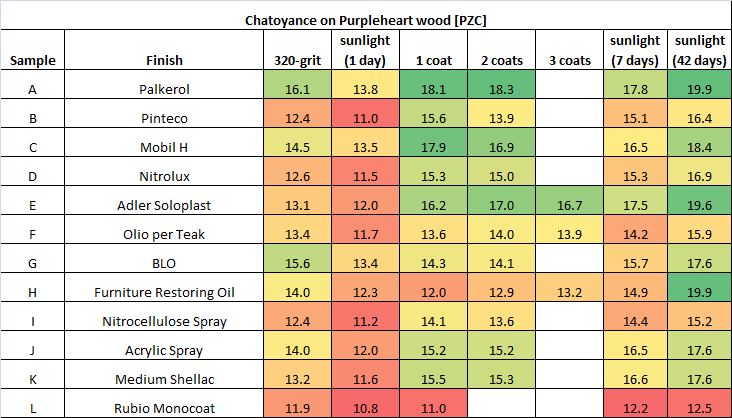
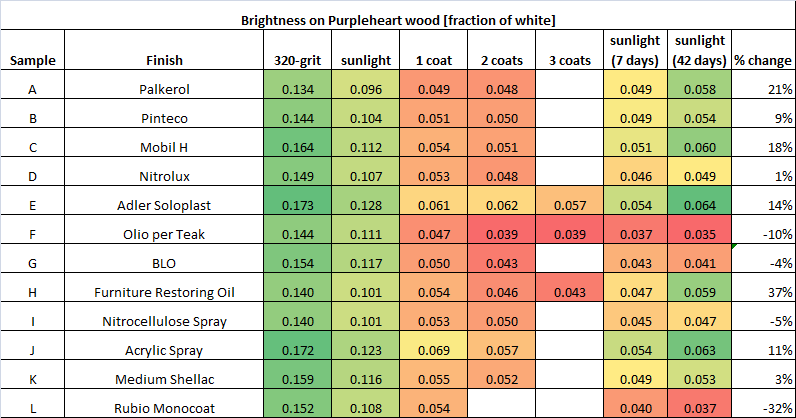
























Want to know more? Get Woodworker’s Guide to Chatoyance!
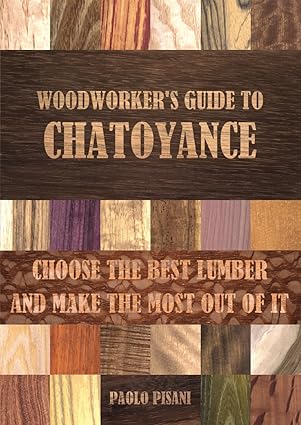
Available on Amazon in 12 countries – just click on your flag below…
… and enjoy the read!











